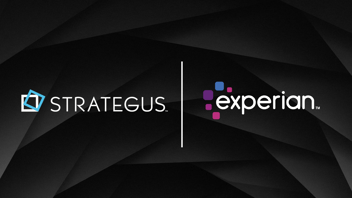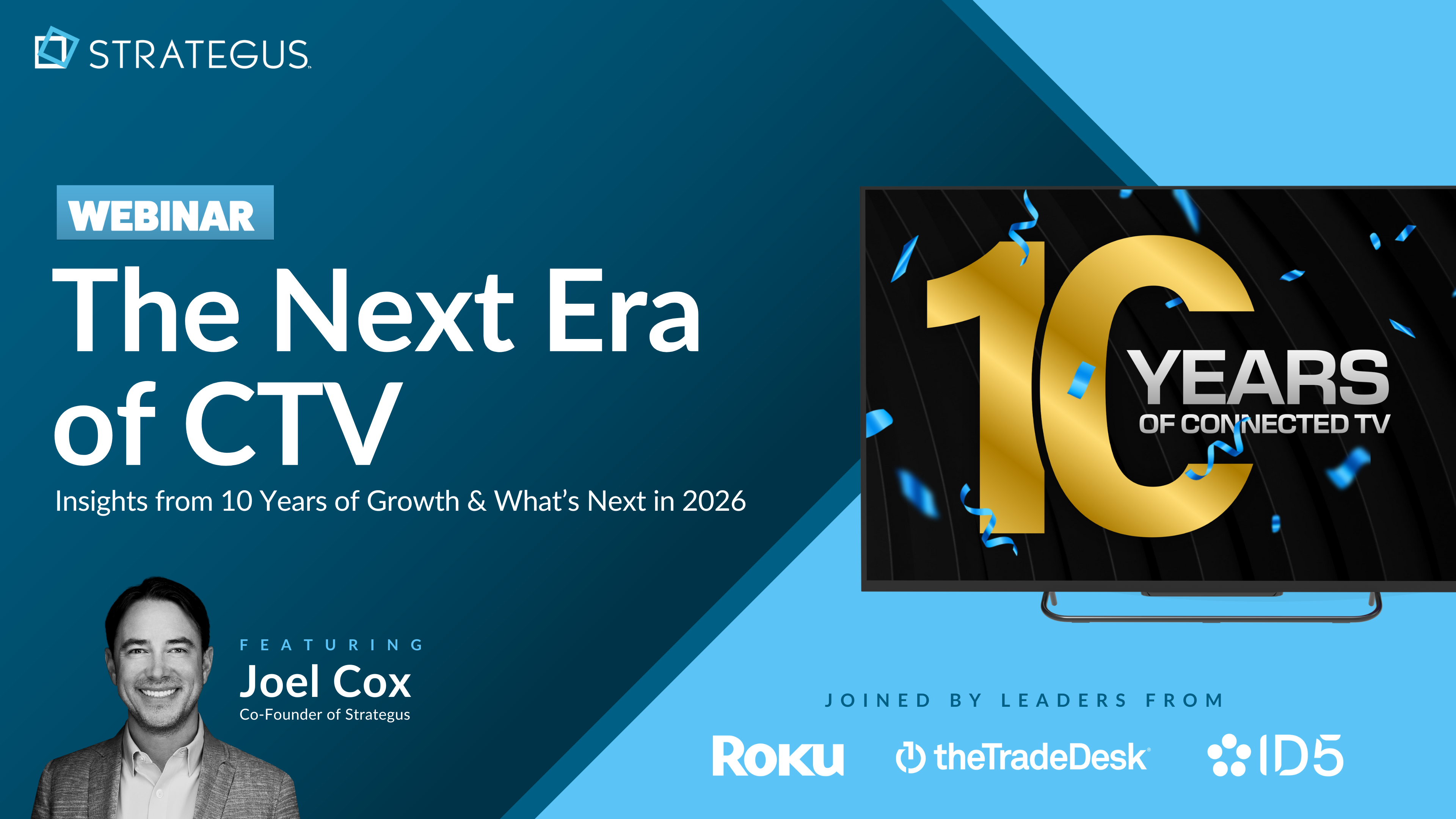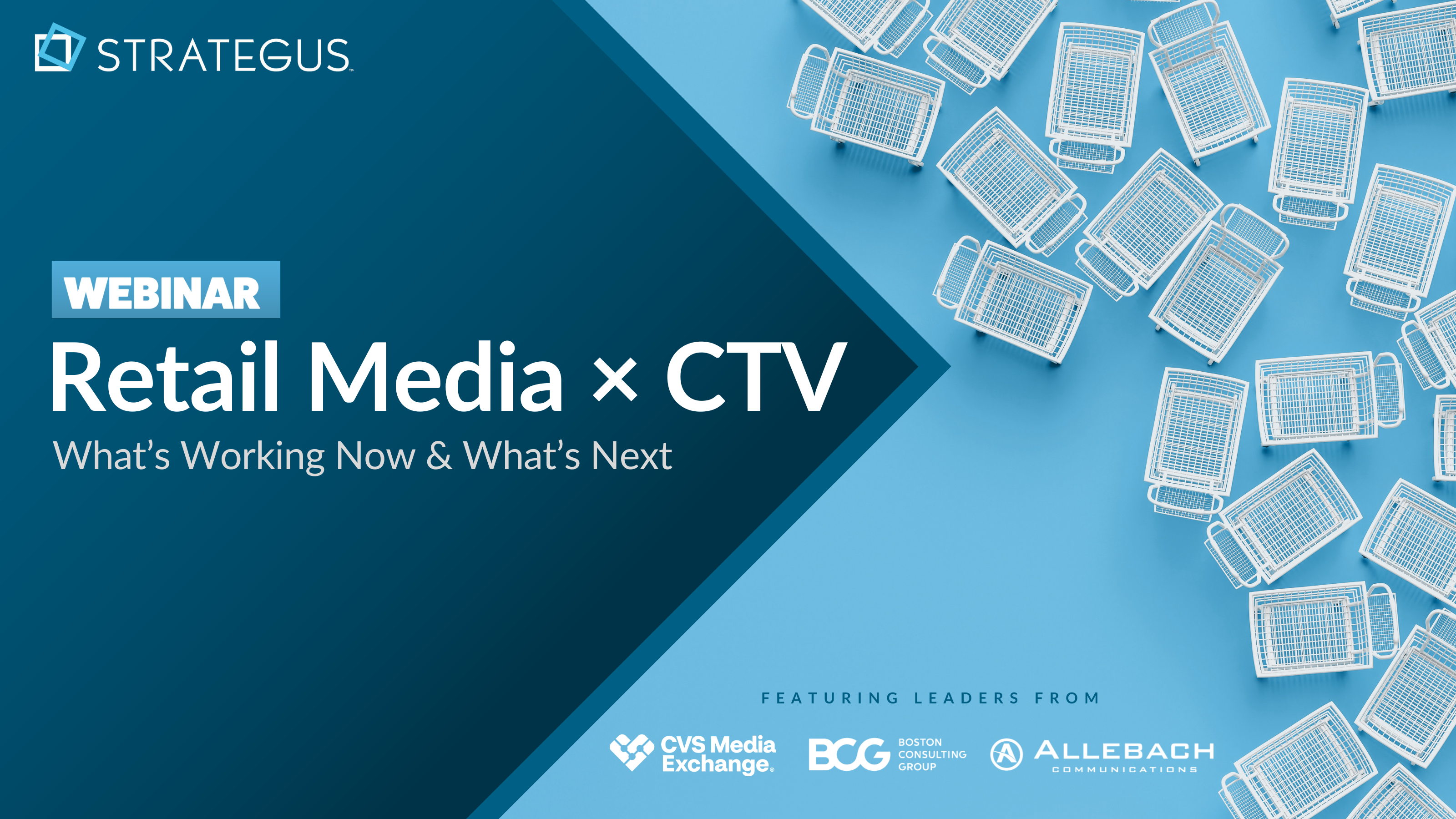- Home
- Company News
- What Marketers Can Learn About CTV for the Midterm Elections — and Their Own Campaigns
What Marketers Can Learn About CTV for the Midterm Elections — and Their Own Campaigns
 Andy Dixon
Andy Dixon
3 minutes read

In the weeks following an election cycle, campaigns and pundits conduct exhaustive post-mortems to better understand what made the difference between winning and losing efforts.
In 2022, representatives across the country will seek to learn from 2021’s state and local elections. Will campaign spending continue to increase? Could polling misses, like those that took place in New Jersey and Virginia, be avoided this year? And how can candidates reach new voters in a hyper-partisan media environment?
With hundreds of races at stake in Congressional midterm elections, campaign professionals must ensure that their candidates are taking advantage of the most advanced strategies and technologies.
In both 2008, 2012 and 2016, the campaigns of Barack Obama and Donald Trump touted their use of data and analysis to identify potential voters and drive them to the polls. In every election cycle, new tools are tested and deployed in an effort to provide a competitive advantage to a certain candidate or interest group.
For those tasked with planning advertisements for an election campaign or ballot initiative, the ability to quickly identify and deploy the best tools can make a huge difference in a cutthroat, zero-sum space. These are the same tools and tactics that marketers can draw upon to win after the campaign season as well.
Targeting CTV
While political campaigns increase their use of data analysis and targeting, a parallel transformation is taking place in entertainment and marketing. Ten years ago, the most effective way to reach American voters was through advertising on linear TV; today, a proliferation of OTT options and streaming services has led to fragmentation of premium audiences. How can a campaign know what their voters are watching and how to reach them?
The tectonic shift in TV and premium video has made life more complicated for political advertisers but it has also offered new opportunities for success.
With the right strategies for targeting and measurement, political campaigns can achieve a more granular level of detail when communicating with their voters and encouraging them to go to the polls. Real-time feedback can help campaigns to refine their messaging and improve their agility when specific tactics are falling short.
Strategies for Success
As candidates—and marketers—increase their investments in CTV, they can learn from what has worked in this past election and focus on these three key areas to gain a competitive advantage:
- Data: Not all information is created equal, particularly when campaigns must cut through the noise to focus on those who are most likely to vote for their candidate or issue. Digital campaign leaders must ensure that their first-party data assets are organized and can be seamlessly applied to their CTV advertisements for targeting and attribution. Data can also help marketers to optimize their creative assets through a combination of performance metrics and identity resolution.
- Processes: Any modern campaign will have access to tremendous amounts of data on their performance and voter base; the difference is in the ways in which they use it. Effective agencies plan their spots months in advance, but must be able to account for the unpredictable nature of political campaigns and adjust on the fly. Having the right processes in place for organization, optimization and quick activation can enable campaigns to take advantage of unexpected opportunities with a data-backed response. Campaigns must also work to de-silo their data and tactics to ensure that their CTV advertisements dovetail with existing spots on other channels. An omnichannel process will allow campaigns to follow up on a CTV spot with complimentary messages on the user’s other digital devices.
- Partners: An entire industry exists to support candidates on both sides of the aisle with cutting-edge technology solutions. While campaign managers incorporate historical election data in their planning, they must solicit third parties, including platform experts and data partners, that can help win in the future. Technology moves quickly and having trusted, nimble partners can prevent campaigns from falling behind.
Driving Results
CTV promises to hold an important position in campaigns for the next Congressional and Presidential election cycles, with ad-supported streaming services offering the opportunity to reach potential voters across the country.
Taking a dedicated, strategic approach to this key medium can help to develop better ads for candidates and deliver more relevant ads to viewers. The sum result of these efforts could just be enough to send a candidate to Washington—or to steal share from a key competitor.

Andy Dixon is a seasoned Content Writing Specialist at Strategus, renowned for his expertise in creating engaging and impactful digital content. With over a decade of experience in content creation, Andy has honed his skills in a variety of niches, ranging from technology and marketing to education.
Strategus is a managed services connected TV(CTV) advertising agency with over 60,000+ campaigns delivered. Find out how our experts can extend your team and drive the result that matter most.
Talk to an Expert
Seeking a Custom CTV Strategy That Delivers?
What to read next

Strategus Celebrates Eighth Appearance on the Inc. 5000 List
We’re thrilled to share that Strategus has once again earned a place on the Inc. 5000 list of the fastest-growing private companies in America — our ...
2 minutes read

Strategus Launches SalesLink for Auto: First-of-Its-Kind CTV Attribution Solution Linking Ad Exposure to Real-World Outcomes
Collaboration with Experian will help auto advertisers assess effectiveness of CTV campaigns DENVER, CO – July 28, 2025 — Strategus, a leader in...
4 minutes read

Strategus Named One of Inc.’s Best Workplaces for 2025
DENVER, CO – June 17, 2025 — Strategus, the leader in fully managed programmatic CTV advertising, has been recognized by Inc. Magazine as one of its...
2 minutes read

Strategus Launches First-of-its-Kind AI-Powered Social Signal CTV Targeting Powered by consumr.ai
DENVER, May 19, 2025 (GLOBE NEWSWIRE) -- Strategus, a pioneer in data-driven Connected TV (CTV) advertising, today announced the launch of its...
3 minutes read














